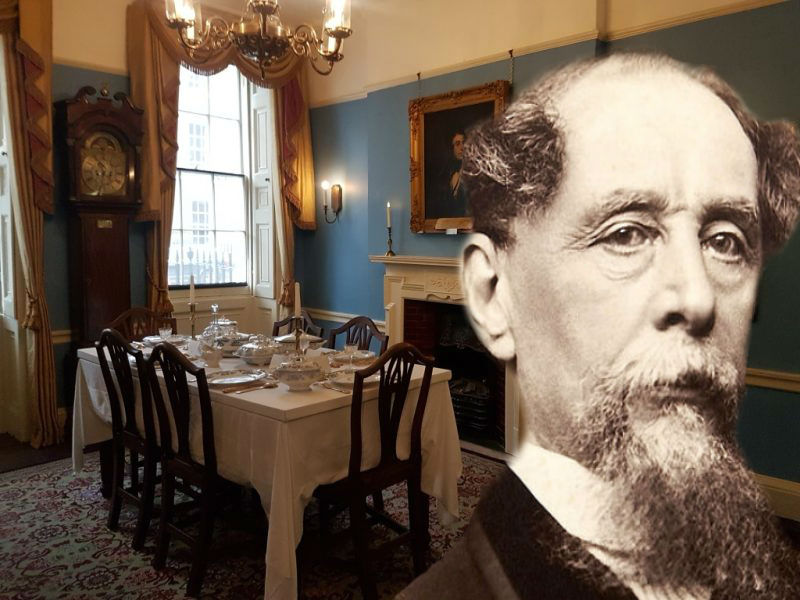Regarded by many as the greatest novelist of the Victorian era, Charles Dickens stands as one of the most eminent English writers who has written some of the most beloved classic novels including Oliver Twist, A Christmas Carol, Nicholas Nickleby, David Copperfield, A Tale of Two Cities and The Great Expectations.
Dickens was born in Portsmouth on February 7th, 1812, to John and Elizabeth Dickens. His father, who was a clerk in the Naval Pay Office was imprisoned due to high debts in 1824 when Charles was only 12 -years-old. This was the defining moment of Dickens’ life as he was withdrawn from school and sent to work in Warren’s blacking factory to support the family. This experience would shape Dickens’ life as later he would become the most influential voice of the working classes in his age.
Dickens began his literary career as a journalist for The Mirror of Parliament and The True Sun, and a parliamentary journalist for “The Morning Chronicle. ”
In 1836, he married Catherine Hogarth, with whom he had ten children before they separated in 1858.
The couple moved to a simple terraced house on Doughty Street the following year and remained there .”
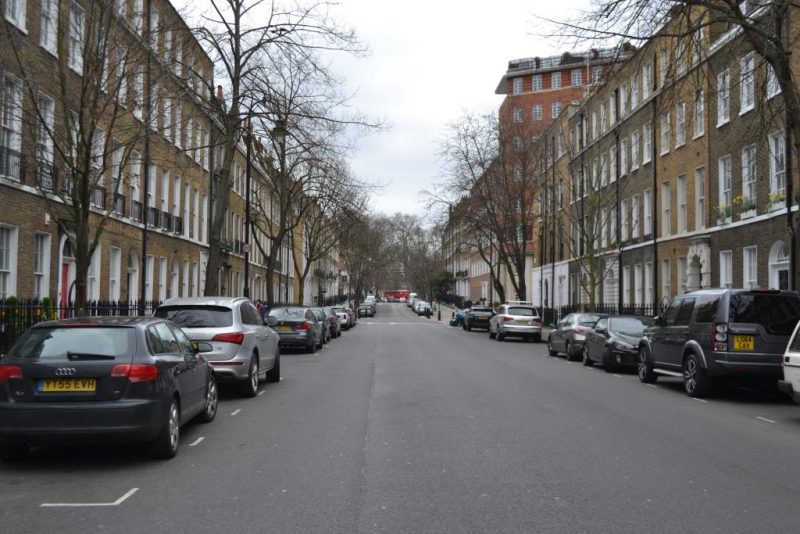
During this period, Dickens finished Pickwick Papers, wrote Oliver Twist and Nicholas Nickleby and began work on Barnaby Rudge. Two of Dickens’ daughters, Mary Dickens and Kate Macready Dickens, were born there. His sister-in-law Mary moved there to offer support to her newly married sister and brother-in-law. Tragically, she died at the age of 17, after a brief illness in 1837. This event would affect Dickens and influence his writings in the following years.
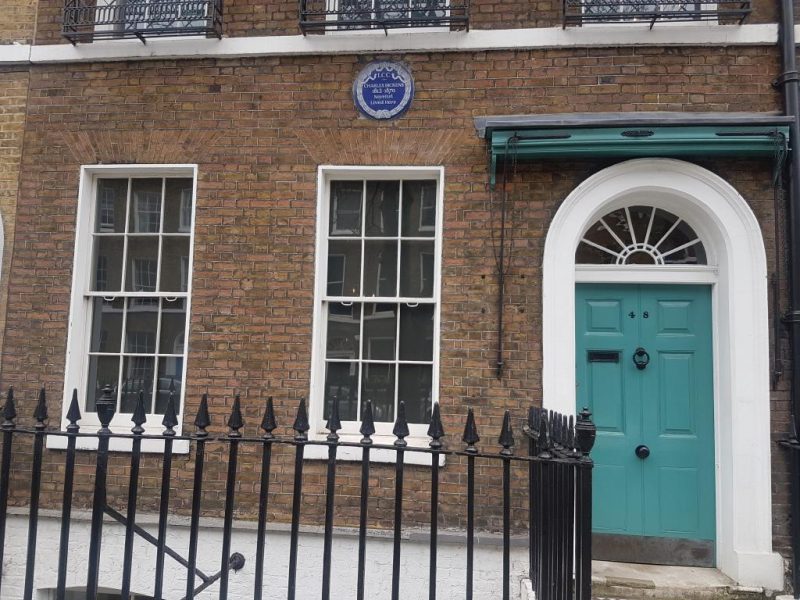
Dickens liked the house on Doughty Street, but as his wealth increased and his family grew, he needed a larger residence, so in 1839, he and his family relocated to 1 Devonshire Terrace. The house on Doughty Street remained a home until 1923 when it was threatened with demolition since it was in bad condition.

However, the Dickens Fellowship, founded in 1902, purchased the property and rescued the house from demolition. A few years later, the house was renovated and opened to the public as the Dickens House Museum, and today it is known as the Charles Dickens Museum.
As written on the official website of the Charles Dickens Museum, at the center of the house is the author’s study. In this book-lined room, he wrote an extraordinary number of newspaper articles, journal essays, short stories, and novels – always with a quill pen and often by candlelight. He was frequently inspired by the busy household of family, servants, and guests around him.

The museum holds the largest collection of Dickens’ personal belongings, family mementos, portraits, rare book editions, and original manuscripts.
The portrait of Dickens, known as Dickens’ Dream by the Victorian artist, etcher, and illustrator R. W. Buss, is one of the best-known exhibits. It features Dickens in his Gad’s Hill Place study, surrounded by many of the characters he created. The painting was never completed as Buss died before completing it.
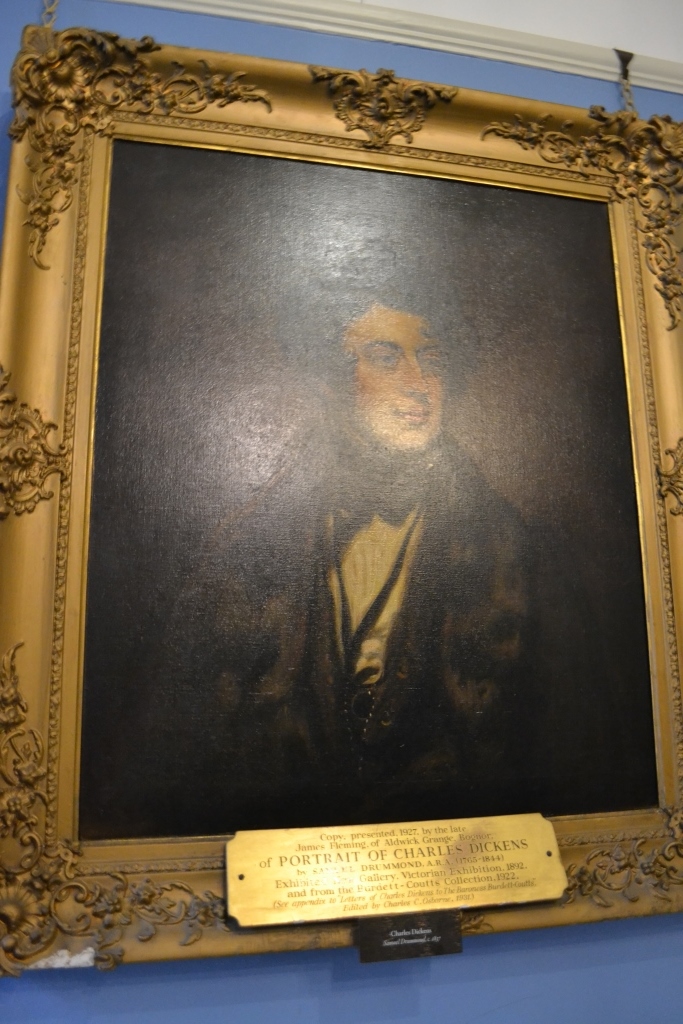
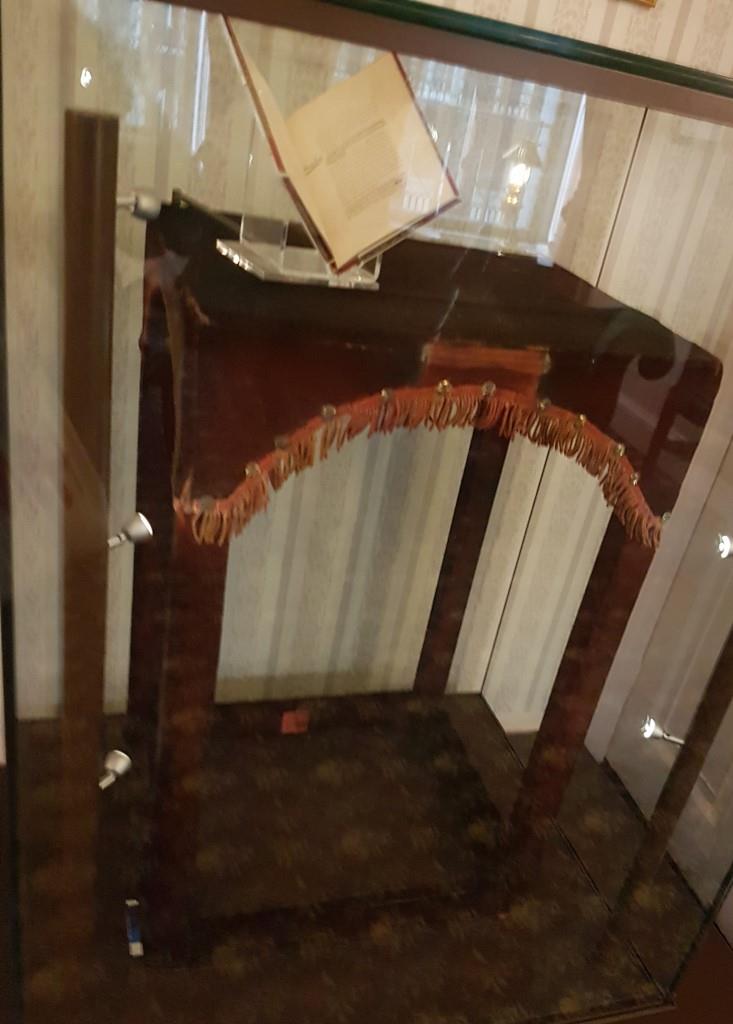
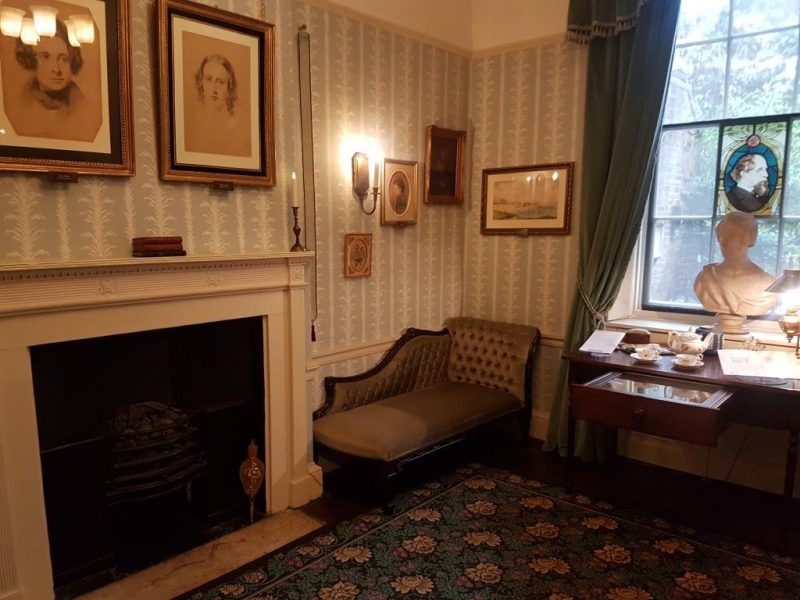
Dickens’ famous writing desk is also part of the museum. The Charles Dickens Museum in London was given a grant of £780,000 by the National Heritage Memorial Fund to buy the desk and the chair, which have always been in private ownership.
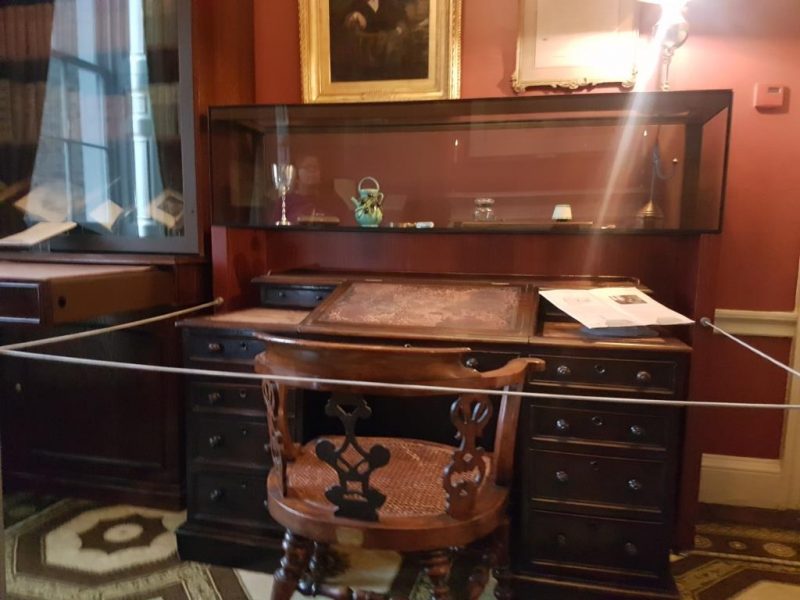
They were passed on in the Dickens family after Charles had died in 1870 but were later auctioned for the Great Ormond Street Charitable Trust in 2004.
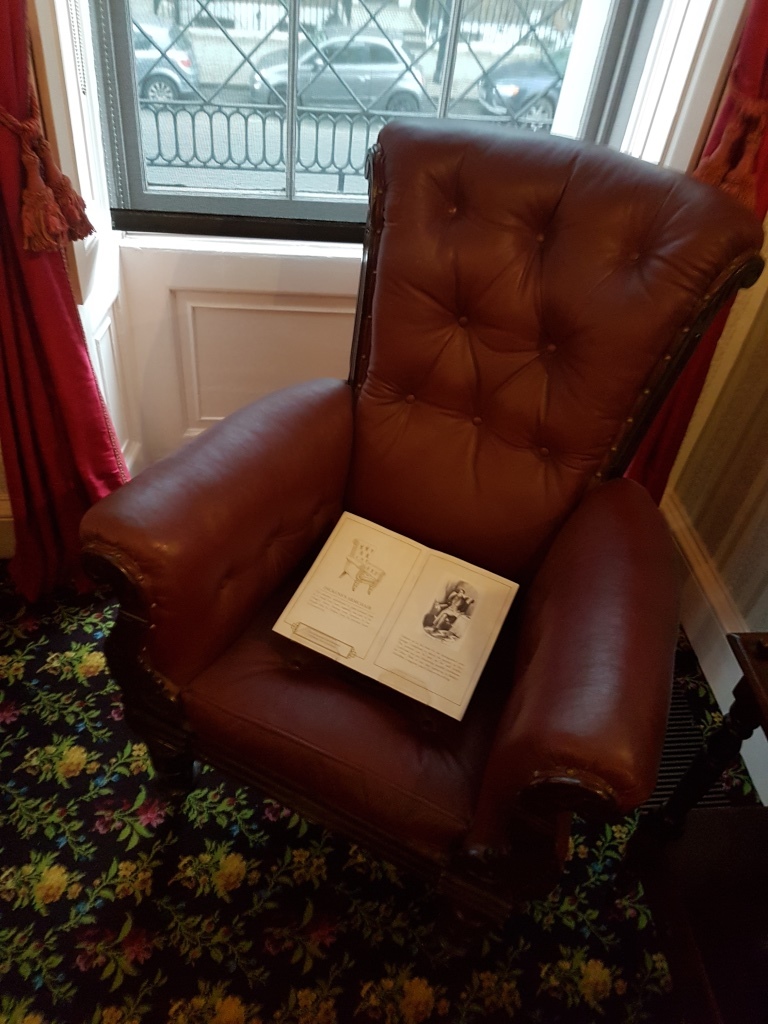
This is the desk where Dickens wrote The Great Expectations and began his final, unfinished novel The Mystery of Edwin Drood.
Robert Moye, director of the Charles Dickens Museum, told the Telegraph, “We are delighted to have been able to acquire Charles Dickens’ iconic writing desk and chair for permanent display in his study at 48 Doughty Street.
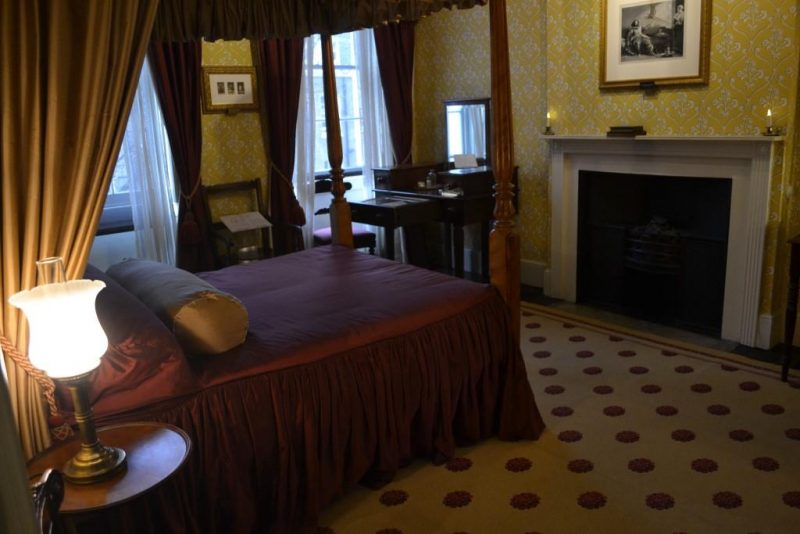
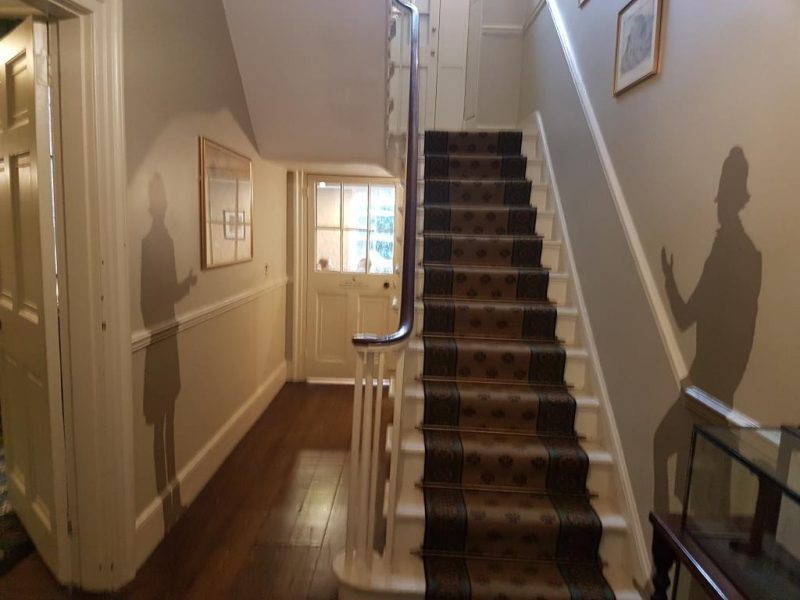

“They hold a unique place in our literary heritage and, as we embark on our exhibition exploring The Mystery of Edwin Drood, it is timely that the desk he used while writing his final novel has been secured for the benefit of all our visitors.”
The Museum also has a shop and a garden café which offers a delicious selection of coffees, teas, cakes and brunches to visitors.
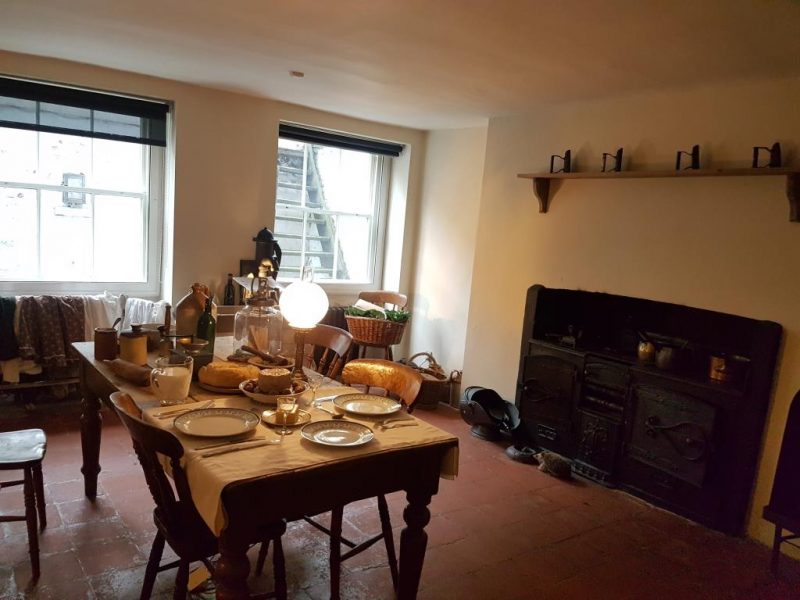
Decorated and furnished in the early Victorian style, the Charles Dickens Museum will transport you back to the 19th century.
To all truly devoted Dickens’ fans out there, we highly recommend this “time-capsule” where you can almost feel the presence of the iconic writer.
